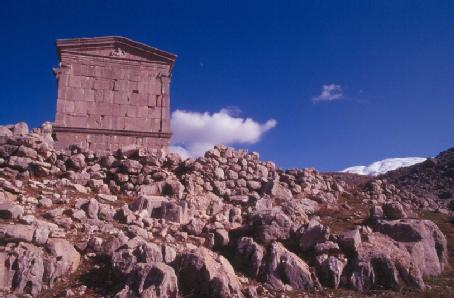Outline
This module surveys seven hundred years of Roman rule in the region between the Euphrates river and the Mediterranean, from its annexation by Pompey the Great in 64 BC to the Muslim conquest in the seventh century AD. We look at the impact of Rome and its administrative systems on local societies, examining many disparate sources of information: from calendars to pottery, from taxation to temple building, and from art and civic architecture to cult activities and funerary traditions.
Learning outcomes
By the end of this module students should expect to have:
- Expanded their knowledge and understanding of the impact of Roman imperialism on a distinct part of the Mediterranean through the study of textual and material evidence.
- Evaluated key aspects of the Near East against the background of the development of the Roman empire.
- Gained an understanding of how a variety of sources (historical narratives, inscriptions, architecture, art, coins, pottery etc.) can be employed in the construction of the social history of Roman provinces, and the limitations of these sources.
- Enhanced their research, writing and communication skills.
- Thought critically about the value of various forms of evidence, literary and material, how this evidence can be used, and the possible cultural biases at work.
- Developed the ability to pursue independent research by selecting from a range of relevant material.
- Selected and presented material clearly and with a coherent argument both verbally and in writing.
In addition, finalists will be able to:
- Set their findings into a wider comparative context, drawing in other aspects of the study of the ancient world.
- Seek out appropriate secondary literature and show discernment in the types of primary evidence addressed.


